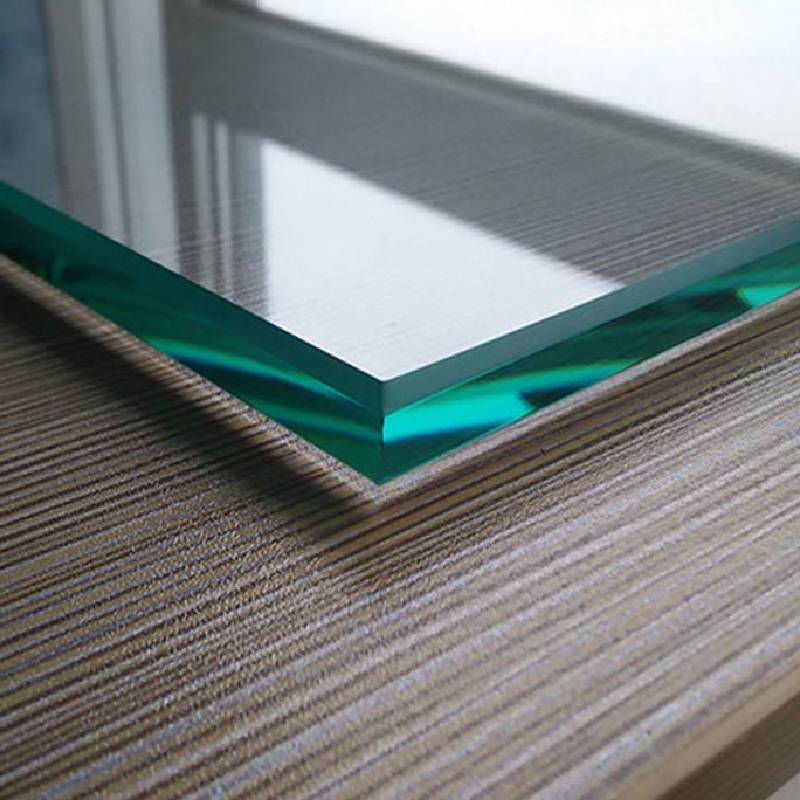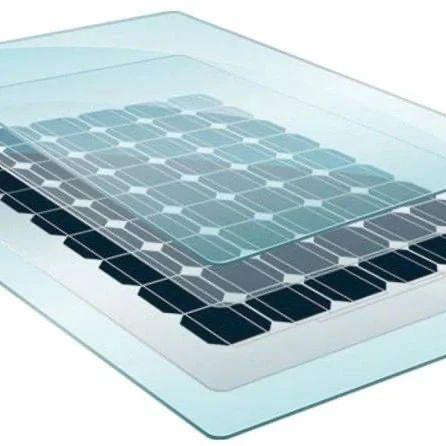Remote controlled frosted glass is revolutionizing modern interior design, combining aesthetic appeal with advanced technology to create dynamic spaces. This innovative product provides unparalleled flexibility, allowing users to transition between transparent and opaque states with the click of a button. Here's an in-depth look at the multifaceted benefits, technical aspects, and practical applications of remote controlled frosted glass.

One of the standout features of remote controlled frosted glass is its ability to offer privacy on demand. Unlike traditional window treatments such as curtains or blinds, frosted glass systems can be adjusted to the exact level of privacy required. This adaptability is particularly advantageous in environments where discretion is occasionally but not constantly required, such as offices, conference rooms, and even bathrooms.
The technology behind remote controlled frosted glass is both sophisticated and user-friendly. Typically employing liquid crystal technology, the glass panel contains a layer of liquid crystal molecules. When an electric current is applied, these molecules align to allow light to pass through, rendering the glass transparent. When the current is turned off, the molecules are randomly oriented, scattering light and creating a frosted appearance. This transformation can be initiated via remote control, smartphone app, or integrated smart home systems, offering seamless control over the environment.

From a professional standpoint, investing in remote controlled frosted glass can enhance both the functionality and design of a space. Architects and interior designers frequently recommend it for projects where space might be limited but flexibility is desired. For instance, in urban apartments or compact offices, a single glass wall can divide rooms but still maintain an open-concept feel when transparency is selected. Conversely, activating the frosted setting can provide privacy for meetings or personal reflection.
Another compelling aspect of remote controlled frosted glass is its energy efficiency. By leveraging daylight more effectively, these systems can significantly reduce reliance on artificial lighting, leading to decreased energy consumption. Moreover, the ability to control the transmission of light and heat can have a positive impact on the overall climate control within a building, further reducing energy bills.
Regarding expertise, it's essential to choose a reliable supplier and installer, as the quality of the product and installation can significantly influence the performance and longevity of the system. It's advisable to seek out manufacturers who are pioneers in smart glass technology and who can provide comprehensive warranties and after-sales support. Professional installation also ensures that the electrical components are safely and correctly integrated with existing power systems.
remote controlled frosted glass
Trustworthiness in this field comes down to ensuring that the product meets all safety standards and certifications relevant to architectural glass installations. Checking for compliance with local and international standards is prudent, as this guarantees the product's durability and safety in both residential and commercial settings. Customer testimonials and case studies can also provide insights into the product’s long-term performance and reliability.
In practical applications, remote controlled frosted glass has shown considerable success in healthcare environments, such as hospitals, where it is used to provide patients with privacy while allowing staff to maintain visibility when necessary. Educational institutions also find this technology beneficial in adapting spaces for various teaching methods; for instance, a lecture room can be transformed into separate study pods at the touch of a button.
Hospitality sectors, including hotels and restaurants, are implementing remote controlled frosted glass to enhance customer experience. In hotels, it can be used in bathroom enclosures to alternate between privacy and spaciousness. Restaurants use this technology to create intimate dining areas that can quickly convert to open spaces for larger gatherings or special events.
An increasing number of luxury homeowners are also incorporating remote controlled frosted glass into their living spaces, appreciating both the practical and high-tech appeal it brings to a modern home. From innovative bathroom walls to interactive kitchen backdrops and adjustable skylights, the applications are as diverse as the creative visions of those employing them.
In conclusion, remote controlled frosted glass is not only a testament to the possibilities of merging design with technology but also an investment in flexibility, privacy, and energy efficiency. Its broad range of applications, coupled with the convenience and control it offers, makes it a favored choice in both commercial and residential architectural design. As smart home technology continues to evolve, remote controlled frosted glass stands at the forefront, continually setting new standards for innovative and practical design solutions.



